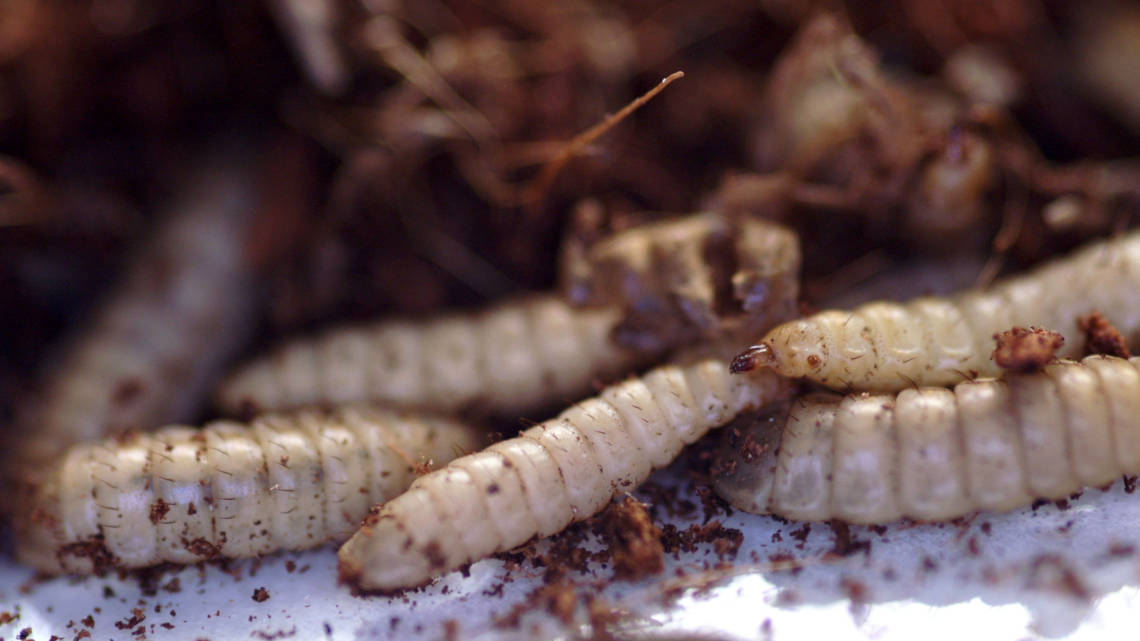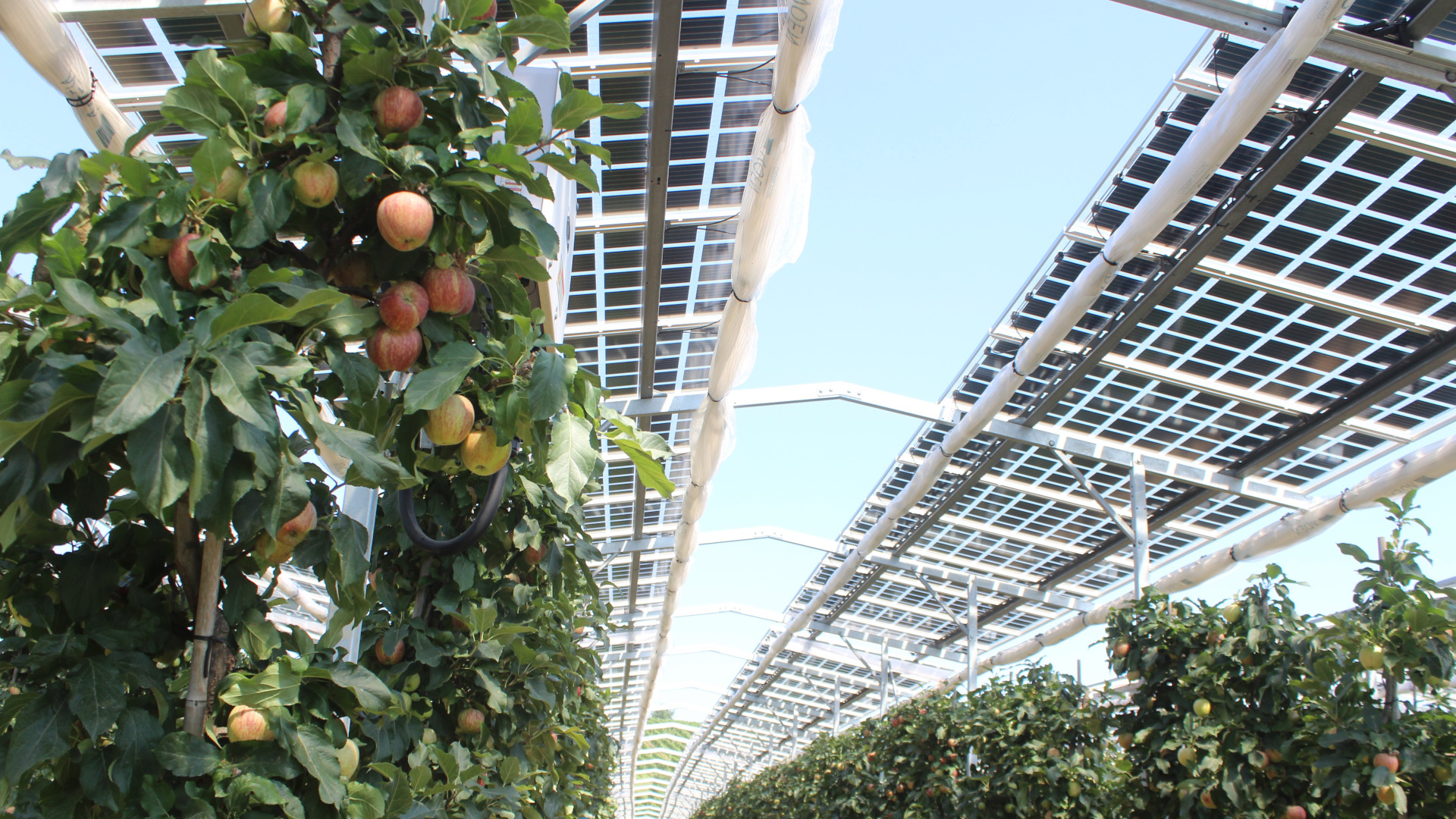Larvae: the protein suppliers of the future
The soldier fly could help solve not one, but two problems of sustainable farming. Using the insect as feed could eliminate organic waste while also reducing the need for imported soya and fish meal.

Proteins are an important component of animal feed. However, protein-rich crops such as lupins and peas are still niche products on European fields. The protein used in European cattle feed mainly comes from soya and fish meal imports. According to some researchers at the Leibniz Institute of Animal Biology, the larvae of the soldier fly could be used as protein sources in the future.
100 kilos of larvae from a few grams of eggs
"A generation cycle takes about six weeks," explains the biologist Manfred Mielenz. "The fly goes through five developmental phases, from egg, larvae and prepupae to pupae and adults." A few grams of eggs can produce 100 kilograms of larvae. "This is an unparalleled efficiency," stresses the researcher. On average, a larva weighs 140 milligrams and consists primarily of protein and fats.
A diet of fermentation residues and kitchen waste
The Leibniz researchers also hope that the breeding of larvae will have an additional benefit. In order to feed the larvae, non-usable by-products of the food industry such as fermentation residues from beer production, kitchen waste and harvest residues could come into play. This would reduce organic waste while simultaneously producing high-quality protein for animal feed.
Open scientific questions and legal requirements
Larvae have long been established in the nutrition of pets such as dogs, cats and reptiles as well as aquarium and breeding fish. In order to be able to also use insect proteins in livestock farming, the researchers now plan to fill in some gaps in our knowledge. "In cooperation with the FBN-Institutes of Genomics, Reproductive Biology and Muscle Biology and European partners such as the University of Exeter in the UK, we want to learn as much as possible about insects as valuable and environmentally friendly protein suppliers of the future," announces nutritionist Cornelia C. Metges.
The legal requirements to feed larvae in livestock breeding still have to be met at EU level. The new protein source would be of particular interest in pig and poultry farming. In addition to the two-centimetre black soldier fly, mealworms and grasshoppers could also be used as feed insects.
bl/um


